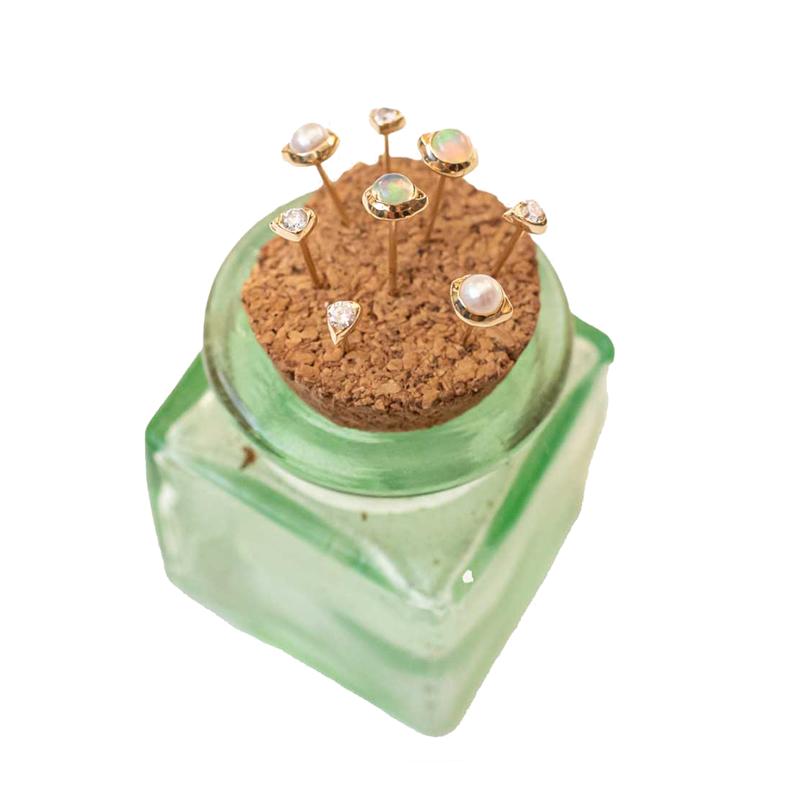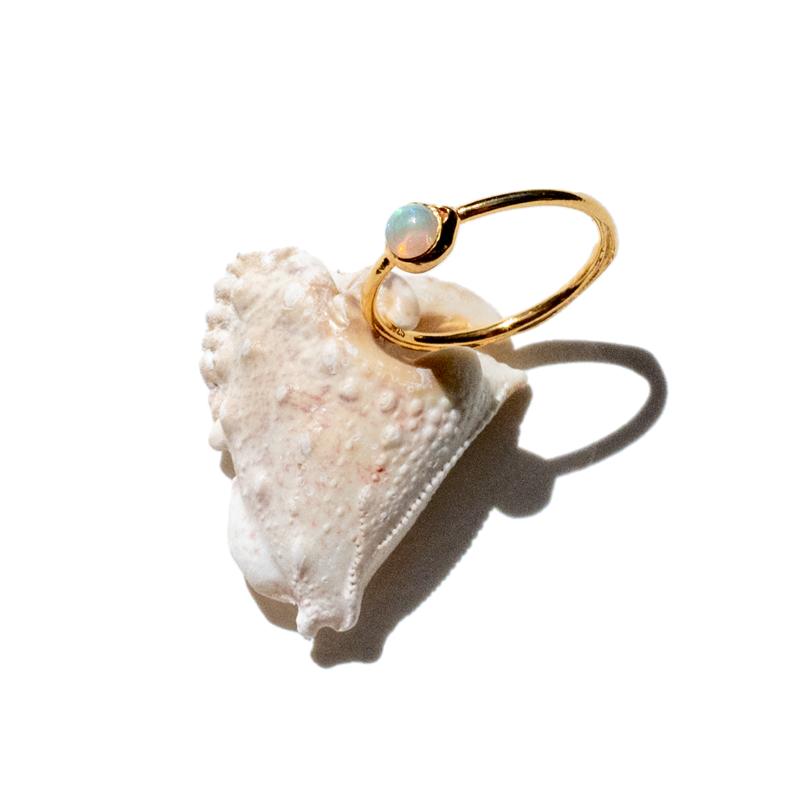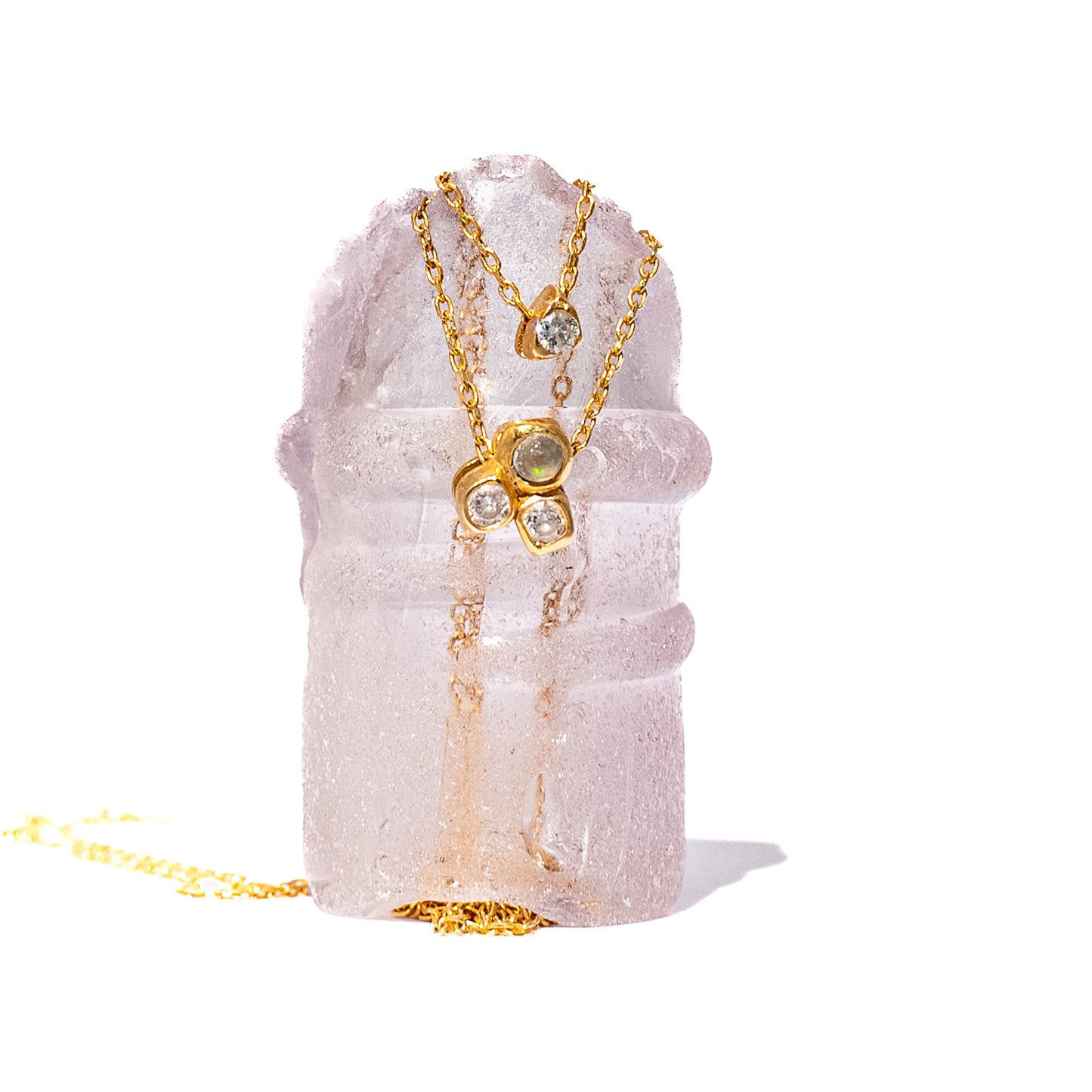
This store requires javascript to be enabled for some features to work correctly.
CARING FOR YOUR FINE & ARTISAN PIECES CAN BE SIMPLE WHEN REMEMBERING THE FOLLOWING THINGS.
In general, remove your jewelry during certain activities such as cleaning, swimming, and exercising.
Avoid letting your jewelry come into contact with harsh household chemicals like hairspray, lotions, chlorine, and bleach.
Wipe & dry pieces that encounter water, perfume, sweat, or any other form of moisture
For storage, keep your jewelry in a safe, dry place. Storing your pieces individually in a soft pouch can help prevent them from scratching each other. Placing an anti-tarnish strip in the jewelry box or pouch is also great for further protection.
Bronze Jewelry Care:
Bronze jewelry offers a similar luxe look to gold with the ancient feeling that speaks to the history of the metal. Since as early as 3300BC, the Bronze Age marked the first time humans started to work with metal. Bronze is more durable and affordable than gold and can last a lifetime when cared for properly.
- Bronze is a metal alloy that contains copper, which can oxidize when exposed to moisture. This oxidization causes tarnish or patina, which will alter the color and appearance of the metal. Patina can often look attractive on bronze, and some may enjoy the different look it achieves. To keep your pieces patina free, follow the following steps.
- Use a polishing cloth regularly to remove any oils and residues and keep your piece clean and polished.
- Regular mild hand soap and water are the easiest way to return your piece to a shinier state. Make sure to dry completely with a soft cloth.
- For pieces needing extra cleaning, a small amount of rubbing alcohol is also an easy way to eliminate excess dirt and residue.
- Even high-quality bronze can sometimes cause skin discoloration, usually more frequently with rings due to the close proximity to the skin. A temporary green tint may appear when the bronze is close to the skin and when excess moisture is present (such as sweat). Keeping hands clean and washing will help prevent this. Bracelets and necklaces containing bronze are usually worn loose enough to avoid this.
- Handle your jewelry with care. Be careful of tangling and forceful impact.
- Store your bronze jewelry in a safe, dry place. Placing pieces in individualized bags or pouches and using anti-tarnish strips will help maintain the look of your jewelry.
Silver Jewelry Care:
Silver is timeless and has been cherished for centuries, with its mining origins dating back to 3000 BC. Silver jewelry consists of different alloys and purities. EI silver jewelry is made in 925 sterling silver. When polished and clean, silver has the signature shiny, bright metallic look. Follow the instructions below to keep your silver jewelry in its original high polish condition.
- Silver will naturally tarnish over time. Wash with warm water and mild soap to prevent this and maintain a bright finish. A soft toothbrush can also help with harder-to-reach areas when cleaning.
- Use a polishing cloth to remove any oils and residue and return your jewelry to a high polish look.
- Avoid bathing or swimming in silver jewelry.
- Handle your jewelry with care. Be careful of tangling and forceful impact.
- Store your silver jewelry in a safe, dry place. Placing pieces in individualized bags or pouches and using anti-tarnish strips will help maintain the look of your jewelry.
Gold Vermeil Jewelry Care:
Gold vermeil is a common type of gold plating that utilizes sterling silver as the base metal. Gold vermeil is a thicker type of plating and is more hypoallergenic because it uses precious metals instead of non-precious metals for the base. Gold vermeil jewelry requires special care to maintain its appearance and life span.
- Because gold vermeil jewelry has a silver base, it is natural for gold vermeil jewelry to tarnish over time.
- To clean gold vermeil pieces, buff very gently with a soft dry cloth.
- Do not polish or use chemical cleaners; they can damage the plating and strip the gold finish.
- Avoid bathing or swimming in gold vermeil jewelry. Chlorine and salt water can also damage the plating.
- Handle your jewelry with care. Be careful of tangling and forceful impact.
- Remember to store gold vermeil jewelry in a safe, dry place, keep pieces in individualized bags or pouches, and use an anti-tarnish strip while storing for extra tarnish protection.
Gold Jewelry Care:
Gold has reigned supreme for most of human history. A symbol of wealth, luxury, and permanence, gold has been used in jewelry dating as far back as 4000BC. Gold is considered a noble metal, which is generally resistant to corrosion and usually found in nature in raw form. Though usually unaffected, gold can tarnish over long periods of exposure to certain chemicals. 14 karat gold or greater will see minimal tarnishing, if any at all.To take the best care of your precious metal gold jewelry, follow the instructions below.
- Use mild soap and warm water with a soft toothbrush. Rinse well. Dry thoroughly with a soft cloth.
- Use a polishing cloth to return high polish pieces to a shinier state. Please do not use a polishing cloth for satin-finished fine jewelry; it will remove the matte finish.
- Remove your jewelry when washing your hands or using products like cleaning agents and beauty products that could damage precious metals.
- Avoid swimming in pools as chlorine can damage & discolor precious metals.
- Handle your fine jewelry with care. Be careful of tangling and forceful impact.
- Protect your fine jewelry by storing your items in a safe, dry place. Keep your pieces in individual soft pouches for an additional layer of protection.


